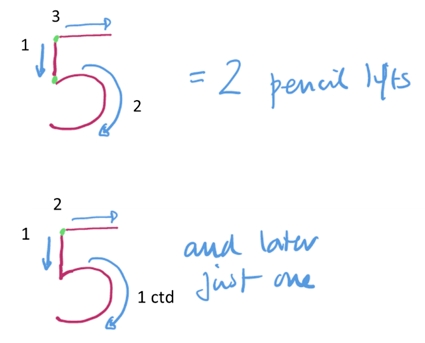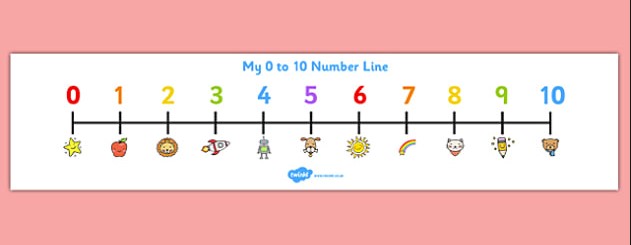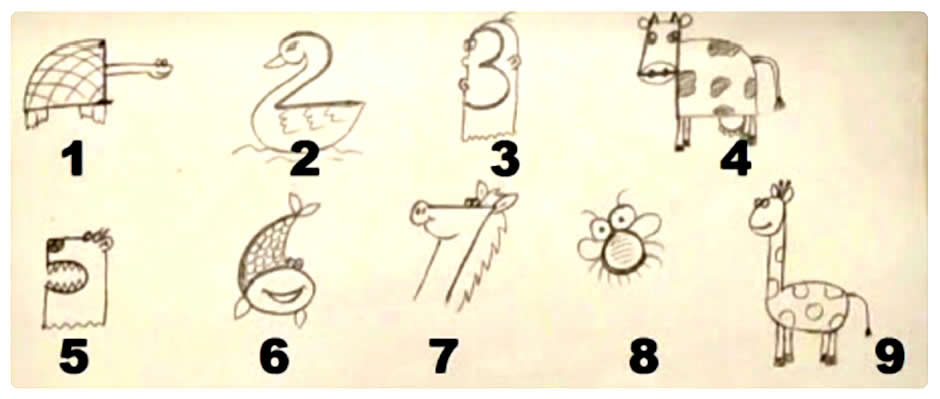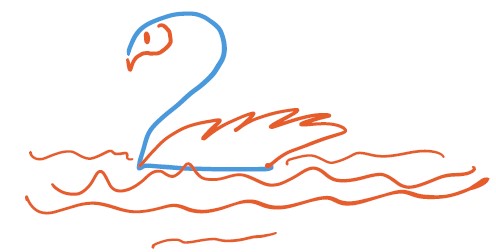Just a little whinge
Whatever happened to a bit of good old-fashioned letter and number formation?
Increasingly as I go into classrooms, I find students of all ages gripping pencils in their fist as they form numerals. This often leads to errors in their computations. A ‘one’ seems to have morphed ….
Most numerals seem to inspire reversals….
The following examples of number formation show some student attempts that I saw this week:


And let’s not get started on 13 for 31 or 31 for 13 or 10023 for 123 yet!
Strategies for Improving Number Formation
Preschool-Foundation students can be engaged in:
Sky writing
Sky writing involves gross motor as they follow along the words and actions to write large numbers in the sky. “Let’s make a 5 (provide a visual). Look, we start at the top, draw a line down, then a curve. Now let’s put the hat on.”

Finding and tracing — copying numerals from a number line
It is important to teach young children to count along the number to find the number that they want to write, particularly if they do not yet have number recognition — this is why my introductory number strips do not have a zero, they start at 1.
Muscle memory is very strong and if we let young students form letters incorrectly it will be very hard to retrain the muscles later. We show student how to trace or copy and encourage them to check that they can write their numerals correctly. Students stop tracing or copying when they are ready, not when we decide.
The outcome of this approach in many early years settings has resulted in almost no reversals.
While we are on the subject of number lines, we need to be very particular about the ones we use. The one below fails my test for a good number line in several ways:

- The numbers are in different colours, the yellow is pale and recedes, the 5 and 6 jump out. It would be hard to trace over these numerals which really need to be dark and clear.
- The pretty images are superfluous, have nothing to do with the numbers and are distracting, particularly for the students who are known to be easily visually distracted.
- The pink frame is very dominant and detracts from the main working space.
- Beginning with zero can make it hard for a student to count to find a numeral because they will treat 0 as if it is 1 and their count will be out.
- The blue text, title and logo needs to be away from the numbers which should be centre stage.
- If the numerals were in a space not on a marker then the number strip could be used as a pathway game, making it multifunctional.
Fun with numerals
Creating with numerals can be fun and will allow a non-patronising approach for older students who need to correct their number formation. I googled “turning numbers into drawings” and was rewarded with all sorts of ideas. YouTube clips such as Manorama Online, Drawing Animals with Numbers and Wings, show how to make drawings such as the following:

And here is one that I remember from my own school days.

Secret Business
When I meet a Year 4 and above student still making reversals, like a back to front 7, I whisper that the 7’s are back to front, draw a correct 7 in the bottom left hand corner of the page and fold up the corner.
I then invite the student to repeat the process on several other pages so that the 7 is there as a quick reference. Remember though, tackle one numeral, secretly, at a time.
In an earlier blog we talked about tools for learning. Students need access at all times to number strips (later to 100 or 120 charts) for quick reference and support.
How can we train students to be concerned about their numeral writing if we do not have tools readily available on desks?
And by the way, our maths mats are good for this. A couple of good starting points would be Addition Mat 1 and Subtraction Mat 1.
